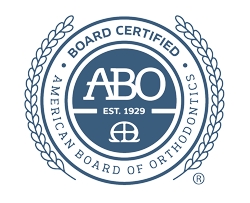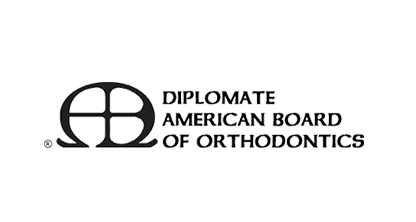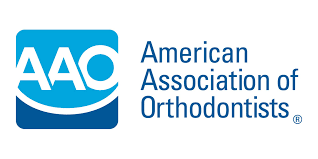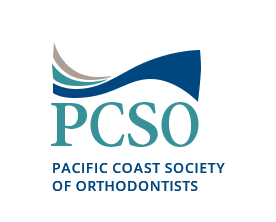How Invisalign® Works To Straighten Teeth
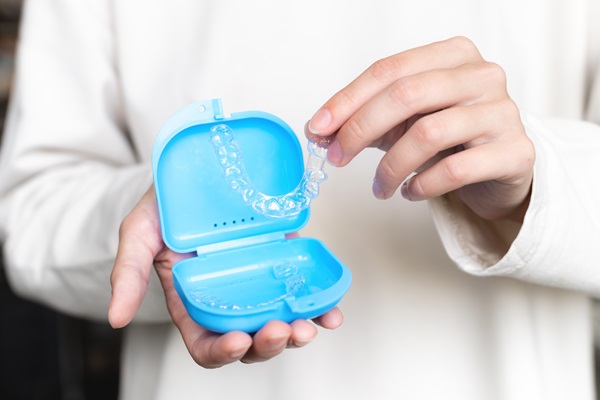
Invisalign® has grown to be a very popular method for straightening teeth. Individuals who have crooked or crowded teeth can greatly benefit from Invisalign® as it is a simple treatment process that allows for comfortable eating and proper oral hygiene.
With Invisalign® comes the need to understand what exactly is involved in the treatment process, as well as how it works.
An overview of how Invisalign® straightens teeth
The following information highlights how Invisalign works to straighten teeth that are crooked or crowded. Having an understanding of how the treatment process works can be helpful to those who are considering their orthodontic options.
The Invisalign treatment process
The Invisalign treatment process is relatively simple and often perceived as simpler and more flexible than the traditional route of metal braces. Of course, one does have to be approved for the treatment because they are not suitable for everyone, and not every orthodontic issue can be solved with clear aligners.
To start, patients will visit the orthodontist to be fitted for Invisalign. Unlike traditional braces, this treatment method does not require the grueling process of being fitted with moldings and uncomfortable materials filling the mouth. Instead, advanced technology is used to digitally scan the mouth. The scans are then sent to a lab where the entire series of aligners are printed at once. This, of course, may take a few weeks; once printed, the patient will return to the orthodontist to start the process.
Similarly to braces, Invisalign does require the patient to visit the orthodontist regularly. Progress will be checked and monitored to ensure that the teeth are responding well to the treatment. Additionally, a new set of aligners will be provided. Each new set matches the shift that takes place within the mouth, which is already preset during the printing process.
Typically, Invisalign is worn for six months to a year, for mild to semi-moderate cases. Those who have more moderate to severe orthodontic issues may need to wear their aligners for over a year and in some cases, up to two.
Things to know
There are a few things to know when preparing to undergo Invisalign treatment. For example, discipline is key, meaning because the aligners are removable, wearers must keep them in for at least 22 hours a day, outside of eating and oral hygiene. Secondly, results are not seen overnight, which can be said about traditional braces too. It is important to have patience when it comes to seeing the teeth shift.
Ready to learn more from an orthodontist?
When considering Invisalign®, it is advised to consult with an orthodontist about the process. The orthodontist can perform a thorough evaluation of the teeth, gums, and entire oral cavity. This will allow for a decision to be made as to whether or not Invisalign® is the most suitable treatment option. From there, the patient can ask any questions or go over any existing concerns. Reach out today to get scheduled or to learn more about Invisalign®.
Request an appointment here: https://paramountorthodontics.com or call Paramount Orthodontics at (562) 367-7034 for an appointment in our Downey office.
Check out what others are saying about our dental services on Google: Invisalign in Downey, CA.
Related Posts
Clear aligners are a popular way to address orthodontic issues, such as crooked or crowding teeth. Over the years, the technology behind clear aligners has greatly improved, which has created competition when it comes to choosing aligners over the traditional route of metal braces. When having the teeth straightened with clear aligners, the entire process…
Invisalign® is a modern teeth-straightening option that serves as an alternative to metal braces. Invisalign eliminates the need for brackets and wires; instead, it uses a series of clear plastic aligners to realign the teeth. Although lots of individuals are aware of the aesthetic advantages of Invisalign, like a straighter smile, there are also health…
A board certified orthodontist is a dentist who has spent hundreds of additional hours studying and practicing the skills need to provide orthodontic care at the highest levels. They are certified by the American Board of Orthodontics, the only orthodontic specialty board recognized by the American Association of Orthodontists and the American Dental Association.Orthodontists do…
Early orthodontic treatment — or phase one orthodontics — addresses children's dental and jaw development issues before all their permanent teeth emerge. This treatment can prevent severe orthodontic problems and reduce the duration of treatment in the future. Early assessment and intervention can provide long-term benefits, making Phase One orthodontics a proactive solution for your…

